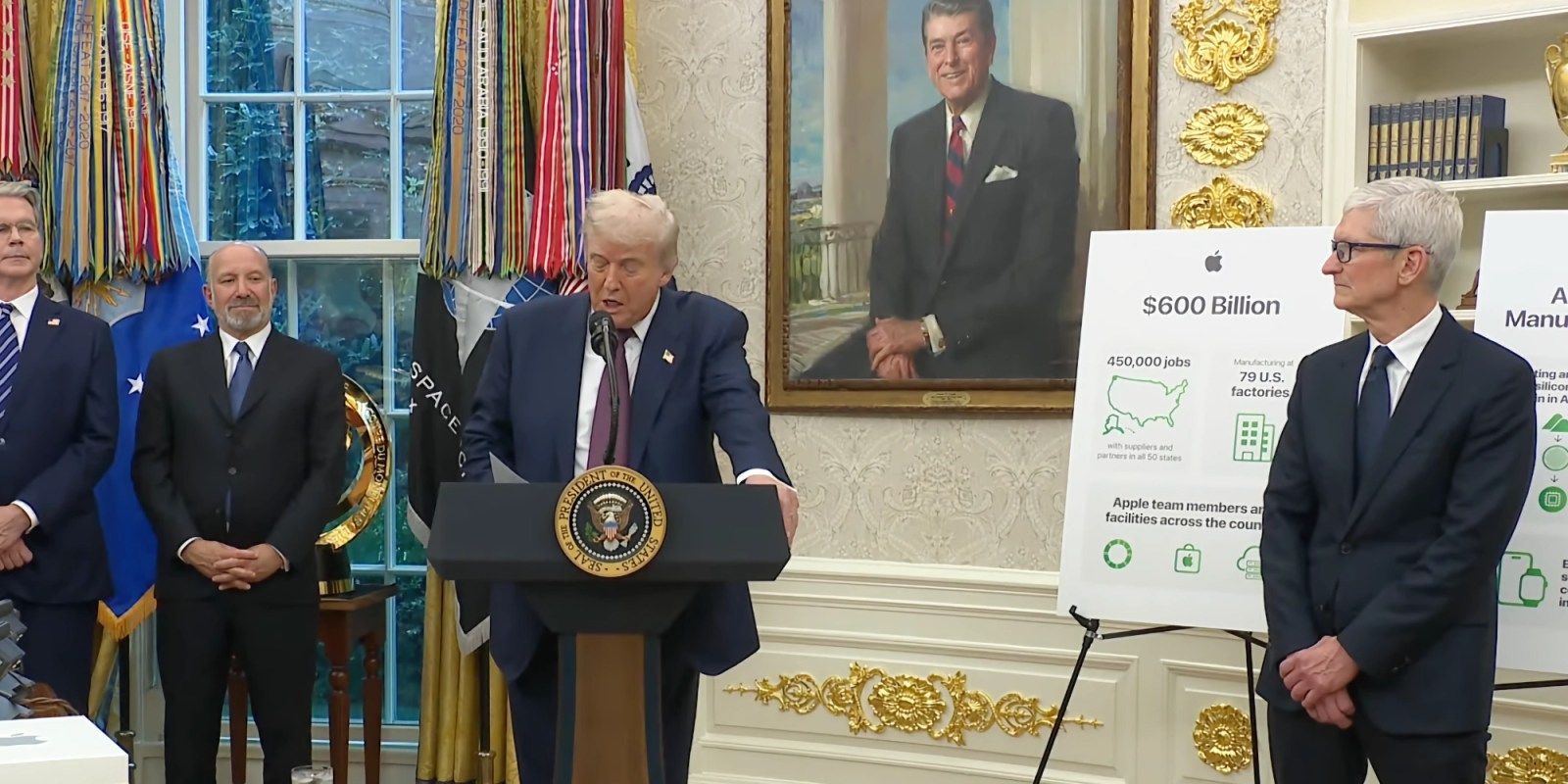Recent developments have unveiled that Apple is among the prominent corporations contributing to President Donald Trump’s ambitious plan to construct a 90,000-square-foot ballroom at the White House. This initiative, which involves significant alterations to the East Wing, has sparked discussions about the motivations and implications of such corporate donations.
The Project and Its Scope
Photographs circulating this week depict extensive demolition activities at the White House, particularly affecting the East Wing. These images highlight the substantial scale of President Trump’s ballroom project, which extends beyond mere extensions to involve significant structural changes. The administration has stated that the project is privately funded, with an estimated cost of approximately $300 million, a notable increase from the previously projected $200 million.
Apple’s Involvement and Historical Context
Apple’s inclusion in the list of donors, alongside tech giants like Amazon, Microsoft, Google, and Meta, underscores the tech industry’s engagement with the current administration. This involvement is not unprecedented. In January 2025, Apple CEO Tim Cook personally donated $1 million to President Trump’s inauguration fund, a gesture interpreted as an effort to foster goodwill with the administration. Unlike the current donation, which is made on behalf of the company, the inauguration contribution was a personal one from Cook.
Corporate Strategy and Political Engagement
Apple’s financial support for the ballroom project raises questions about the strategic considerations behind such a decision. Historically, Apple has navigated a complex relationship with the Trump administration. In 2018, the company announced plans to invest $350 billion in the U.S. economy over five years, including the creation of 20,000 jobs and the establishment of a new campus. These initiatives were seen as aligning with the administration’s economic policies and were highlighted by President Trump during his State of the Union address.
However, Apple’s interactions with the administration have not been without contention. The company has faced pressure regarding its diversity, equity, and inclusion (DEI) policies. In February 2025, President Trump publicly criticized Apple, urging the company to eliminate its DEI initiatives, which he referred to as a hoax. This public admonition reflects the broader political discourse surrounding corporate DEI efforts and places companies like Apple in a challenging position as they balance internal values with external political pressures.
Implications and Public Perception
Apple’s donation to the White House ballroom project can be interpreted through multiple lenses. On one hand, it may be viewed as a strategic move to maintain a favorable relationship with the administration, potentially influencing policy decisions that affect the tech industry. On the other hand, such contributions can attract scrutiny from stakeholders who question the alignment of corporate actions with stated values, especially in areas like diversity and inclusion.
The tech industry’s financial support for the ballroom project also highlights the intricate dynamics between corporations and government. While companies often engage in political contributions to advocate for favorable policies, these actions can lead to public debates about the role of corporate influence in politics and the potential implications for democratic processes.
Conclusion
Apple’s participation in funding President Trump’s White House ballroom project exemplifies the complex interplay between corporate strategy and political engagement. As the tech industry continues to navigate its relationship with the current administration, such actions will likely prompt ongoing discussions about the motivations behind corporate political contributions and their broader societal impacts.



